





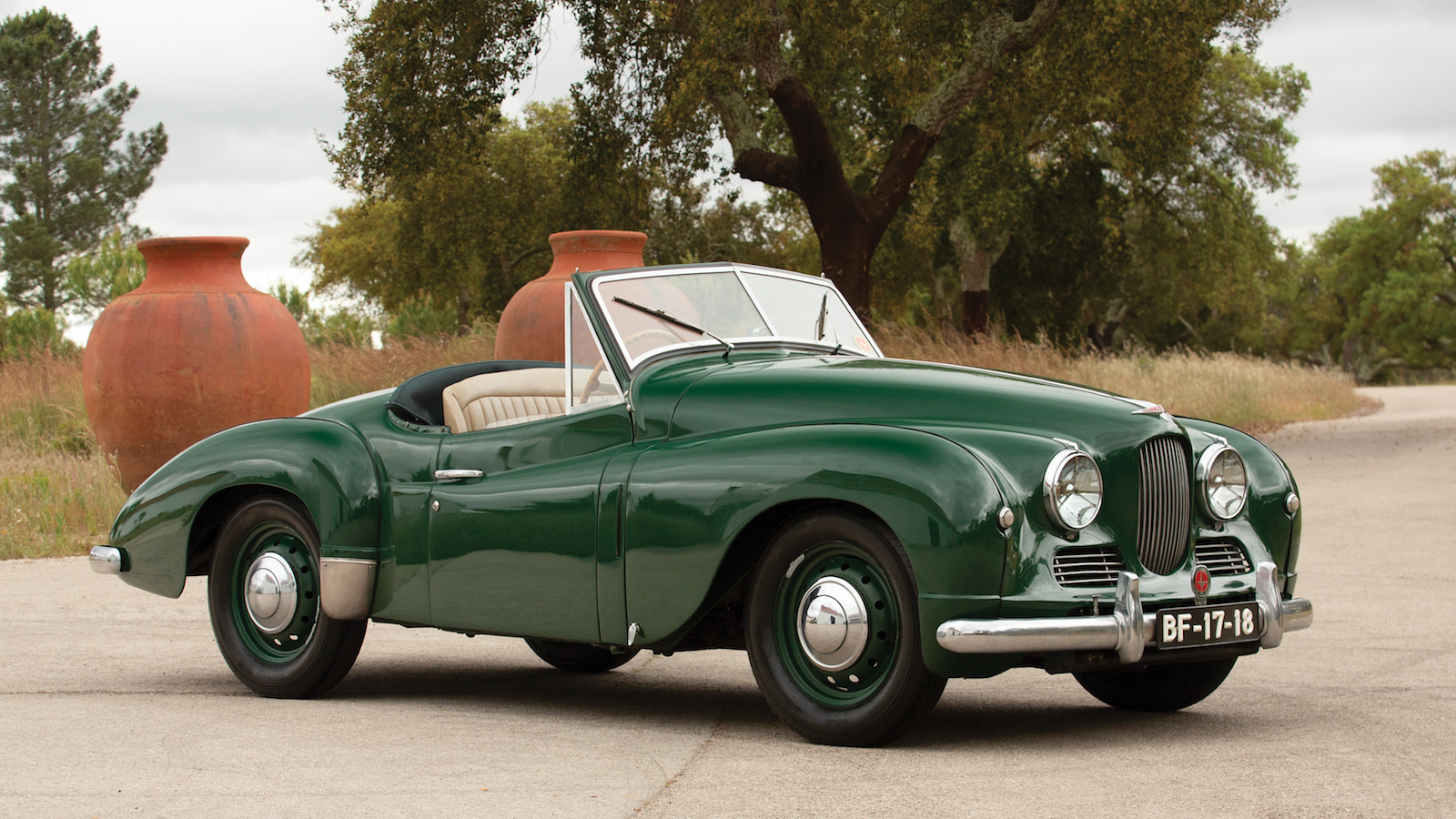









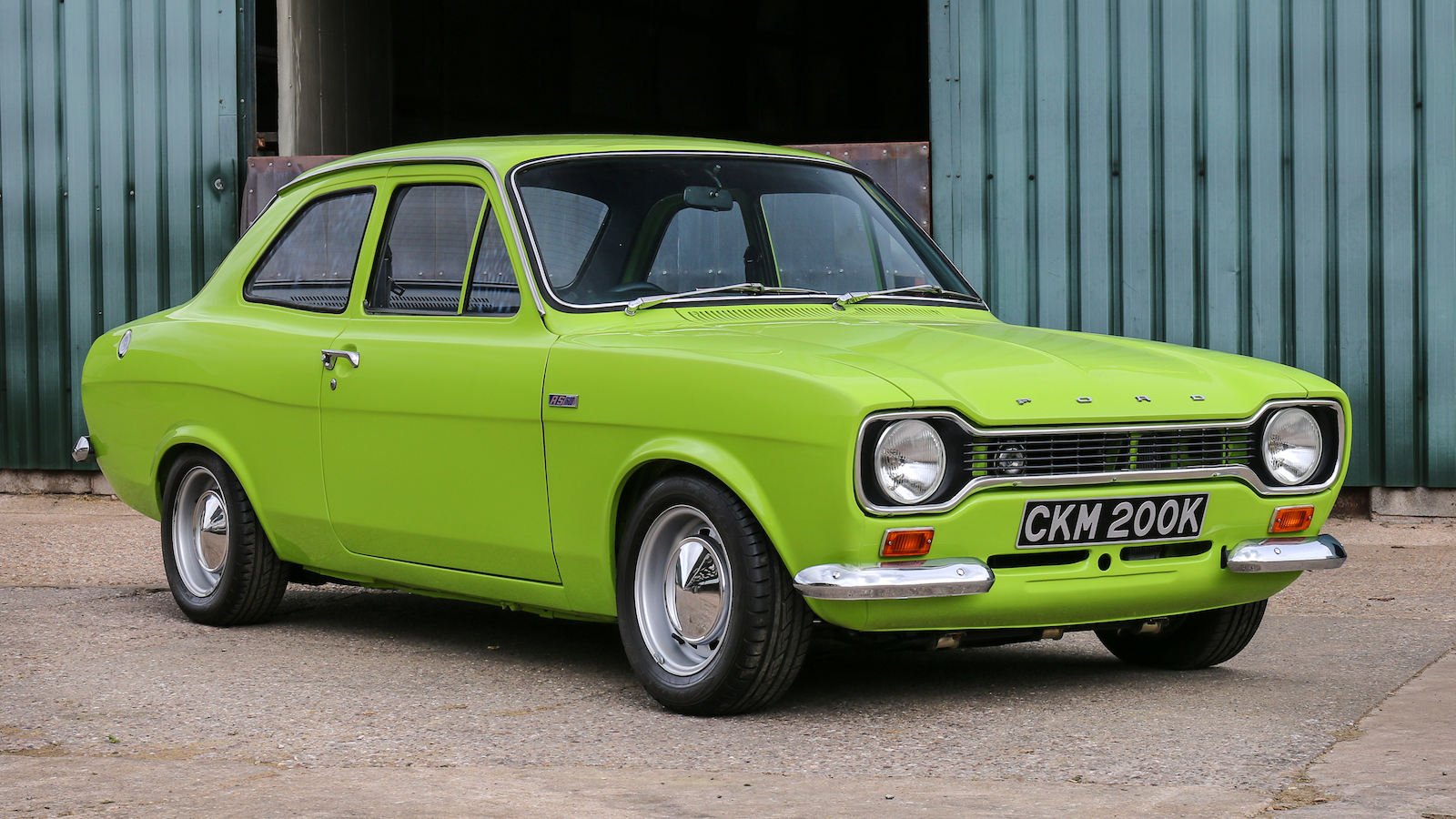
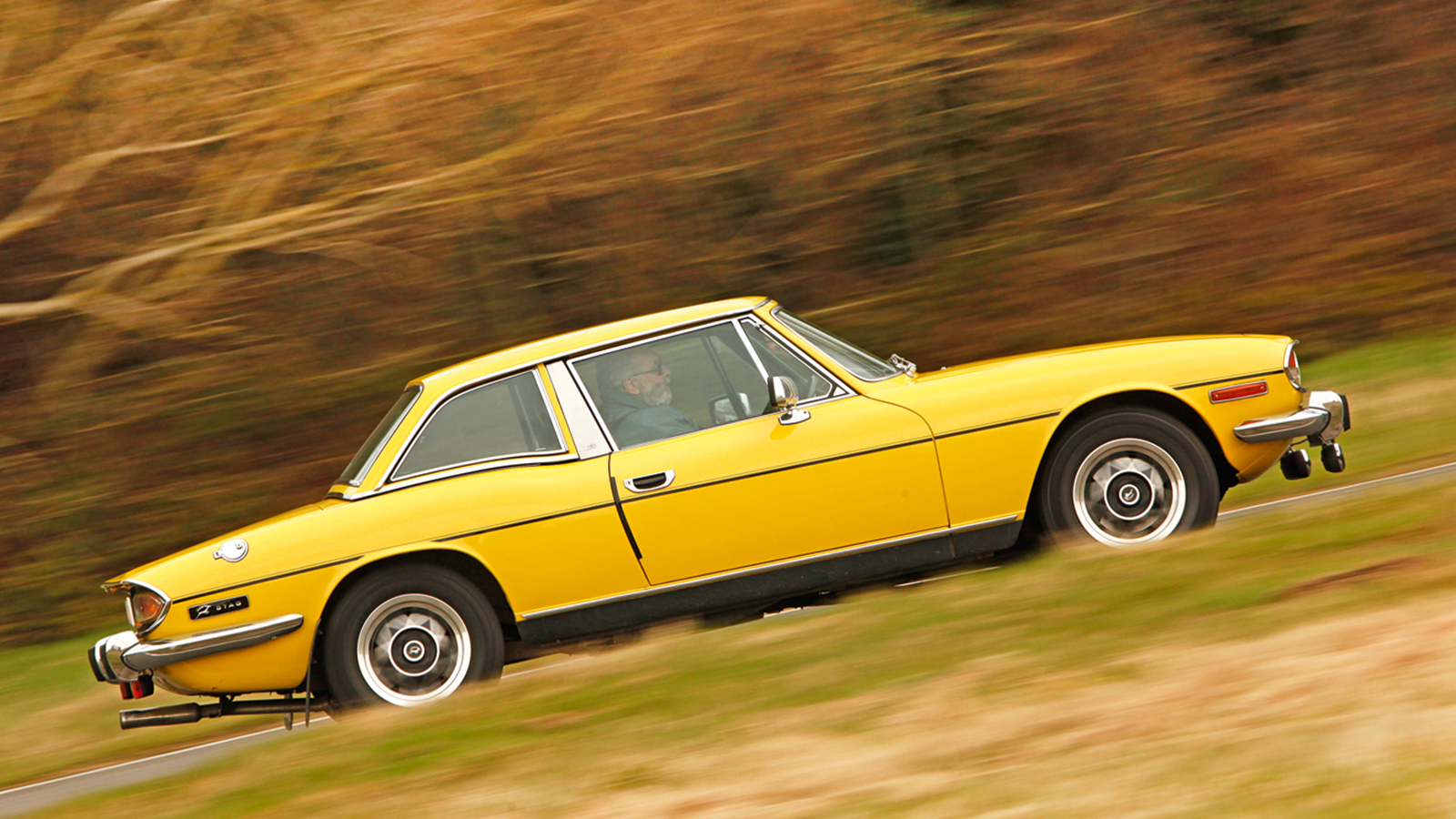









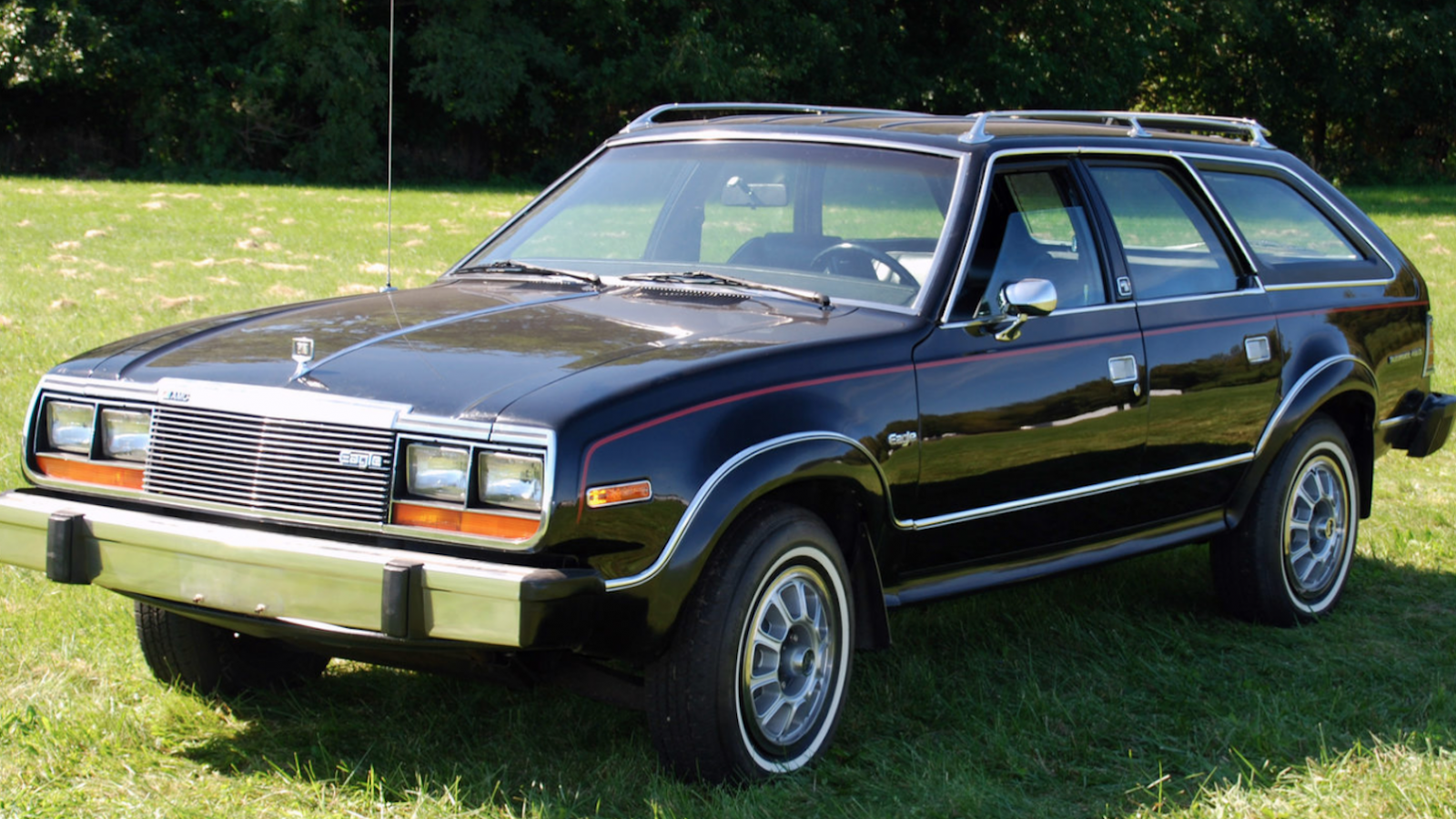



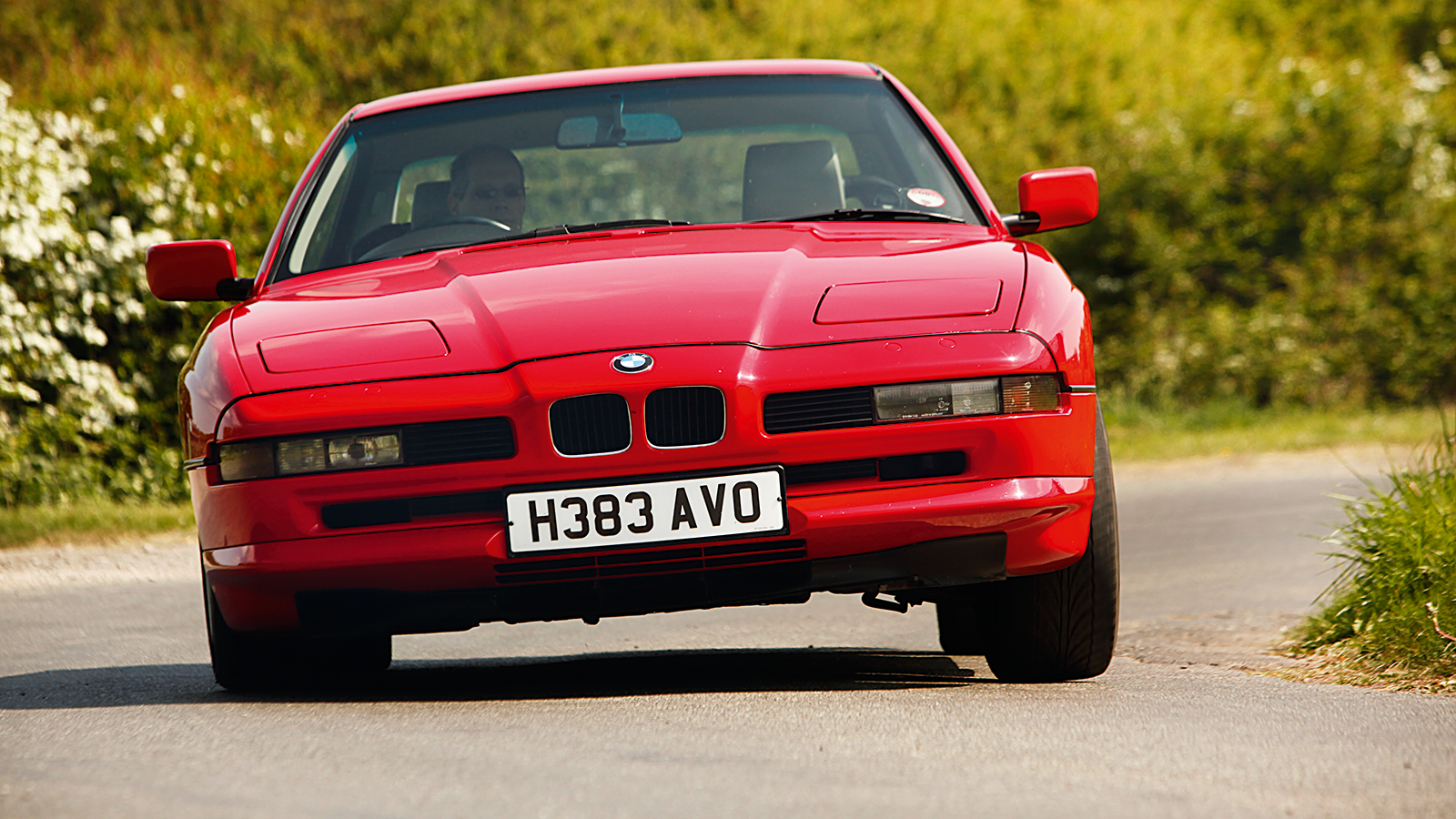




Notable landmarks in the automotive world
Grab your party hats: we’ve got a stack of anniversaries to celebrate.
While crusty history buffs will be commemorating the League of Nations’ centenary and tech fans will mark 10 years since the launch of the iPad, car fans have plenty to celebrate in 2020, too.
Alfa, Saab, Morgan and Aston all have important anniversaries, Range Rover hits its half century, and Mazda turns 100.
So raise a glass and take a big breath – we’ve got an awful lot of candles to blow out.
Mazda: 100 years
Hitting your century is a big deal, though strictly speaking, Mazda, which started as a maker of machine tools, didn’t build its first car, the 360 (pictured above), until 1960.
Still, it made up for lost time, giving us some fascinating rotary-powered sports cars and, of course, the iconic MX-5.
Cadillac V-16: 90 years
Talk about bad timing. Having been working on a much more powerful car since the mid-1920s, Cadillac finally launched the world’s first production V16 machine at the New York Motor Show in January 1930 – three months after the Wall Street Crash.
Still, some people will always have money, and initial sales weren’t too bad. They dropped off dramatically after the launch hoopla subsided and the Great Depression took hold, though.
Lincoln Continental: 80 years
Still a staple of Lincoln brochures, the Continental started life in 1939 as a one-off stretched Zephyr built for Edsel Ford that created such a stir, work started almost immediately on a production version for the 1940 model year.
Most of the first cars were convertibles, but a coupé was also available; both varieties came with V12 power and a humungous price tag. Architect Frank Lloyd Wright was a big fan.
Riley RM: 75 years
One of the last true Rileys created before the marque became a badge-engineered sideshow, the RM was launched just after WW2 – though its styling and wooden frame owed more to the 1930s.
It wasn’t all retro, however. Rack and pinion steering and double wishbone suspension helped make the most of the punchy 1.5 and 2.5-litre engines.
Lancia Aurelia: 70 years
Proving Citroën didn’t have the monopoly on post-war innovation, Lancia’s B10 Aurelia saloon featured a lightweight aluminium V6 up front, a transaxle and inboard brakes at the rear, and new-fangled radial tyres all round.
A handsome B20 coupé, B24 Spider and B50 Cabriolet (pictured) all followed, as did motorsport success, including a second-place in the ’51 Mille Miglia, a class win at Le Mans the same year and a 1-2-3 in the ’52 Targa Florio.
Jowett Jupiter: 70 years
Yorkshire-based Jowett’s Javelin had already proved itself in competition, so a sports car spin-off seemed entirely reasonable.
But while the engine was carried over, the chassis and its torsion bar suspension – designed by Eberan von Eberhorst, who’d worked on Auto Union’s pre-war racing monsters – was new.
The Jupiter went on to score a class win at Le Mans in 1950 and a one-two on the Monte Carlo Rally the following year.
Aston Martin DB2: 70 years
The first DB Aston (the earlier 2-Litre Sports was only retrospectively given the DB1 name), the DB2 swapped its predecessor’s four-cylinder engine for a thumping 2.6-litre twin-cam straight-six.
This year also marks the 70th anniversary of the Vantage name, which appeared in spring 1950 as a DB2 engine upgrade.
Morgan Plus 4: 70 years
A bigger, more powerful version of Morgan’s first four-wheeler, the 4/4, the Plus 4 arrived in 1950 powered by a 2.1-litre Standard Vanguard engine that could be reined in by hydraulic brakes – the first time they’d been fitted to a Mog.
By 1968 it was overshadowed by the new V8-powered Plus 8, and it was killed off a year later – only to make a comeback in 1985 that lasted into the 2000s.
Volkswagen Type 2: 70 years
Transporter, Kombi, Camper, Microbus, Bus: whatever you want to call it, the Type 2, which turns 70 this year, was a massive success.
Available in an unfeasible number of different configurations, the early split-screen machine was replaced by the Bay Window, with one-piece front screen, in 1967. And it was still being cranked out of the factory in Brazil in 2013.
Alfa Romeo 1900: 70 years
Built on a production line and around a unibody design, rather than a separate chassis, the sporty 1900 saloons and coupés brought Alfa into the modern age.
They were also a gift to Italy’s crumbling coachbuilding industry, with Alfa supplying the carrozzerie with various versions of the 1900’s chassis to turn into cars as the C52 Disco Volante, SSZ and the BAT concepts.
Aston Martin DB4GT Zagato: 60 years
Zagato was definitely having one of its ‘good’ days when Ercole Spada created the ultimate incarnation of the DB4, swapping steel panels for lightweight aluminium and ditching non-essential fripperies such as bumpers.
The Zagato wasn’t as successful on track as Aston had hoped, but it’s a regular winner on the auction circuit. In fact, one sold with Bonhams in 2018 for more than £10m – though if that’s too steep, Aston recently started selling modern recreations for a more palatable £6m…
Saab 96: 60 years
An evolution of Saab’s earlier 93, the teardrop 96 started life with a two-stroke engine before switching to a four-stroke Ford V4 in 1967.
Production ended in 1980, by which time the 96 had notched up more than 500,000 sales and multiple rally victories, including four RAC wins and two Montes.
Citroën SM: 50 years
As spectacular as any supercar, and potentially as ruinous to run if you pick a bad one, the SM was years ahead of its time.
Self-levelling hydropneumatic suspension, lights that swivelled with the steering, and optional carbonfibre wheels were just some of the technical highlights in this French classic.
Citroën GS: 50 years
The other Citroën hitting its half-century is, if anything even more remarkable than the SM.
With its slippery shape, hydropneumatic suspension and air-cooled boxer engine, it was light years ahead of the Vauxhall Viva HC introduced the same year, and a worthy winner of the 1970 European Car of the Year.
All that really stood between it and true genius was a little more go and a hatchback boot.
Bond Bug: 50 years
The powered cheese wedge came about when Reliant asked Tom Ogle to design something fun around Reliant Regal running gear.
Production ended in 1974, but the Bug’s biggest moment came in 1977 – even if almost nobody knew it. A Bug chassis was used as a basis for Luke Skywalker’s landspeeder in Star Wars Episode IV: A New Hope, with angled mirrors fitted below the sills to hide the wheels!
Ford Escort RS1600: 50 years
The successor to the Escort Twin Cam hits its half-century this year, and with it so does Ford’s RS badge: the BDA-powered machine was the first to get the RS tag.
Its new 16-valve motor produced 115bhp in road tune, up from 105bhp for the 8-valve Lotus-engined Twink, and was good for 115mph.
Triumph Stag: 50 years
Triumph’s pop at a Mercedes SL-style luxury convertible was designed by Giovanni Michelotti and, in anticipation of American rollover legislation that never happened, featured a T-bar roof.
The V8 wasn’t Rover’s, though many owners soon wished it was – the 3-litre OHC motor developed a terrible reputation for overheating.
Range Rover: 50 years
Rover had actually been working on a bigger Land Rover way back in the early 1950s, but it wasn’t until 1970 that the Range Rover acutally arrived.
And it’s come a long way since: today’s well-heeled owners would be shocked by the original three-door car’s four-speed manual ’box, unassisted steering and hose-out interior.
Alfa Romeo Montreal: 50 years
The road-ready version of Alfa’s ’67 Montreal concept kept the name but swapped the show car’s 1.6-litre ‘four’ for a 2.6-litre V8 derived from the gorgeous 33 Stradale’s.
Styled by future Countach-designer Marcello Gandini, its most eye-catching features included a stack of horizontal slats on the B-pillar and pair of headlight brows that retracted when the lights were switched on.
Monteverdi HAI: 50 years
The Swiss Hai roared on to the world’s stage at the 1970 Geneva Motor Show. And it really could roar: power came from Chrysler’s mighty 426cu in (7-litre) Hemi V8 mounted behind its two seats.
Only two HAIs were built – the prototype 450SS and the longer-wheelbase 450GTS – but production of Monteverdi’s High Speed range of GTs continued until the late 1970s.
Hillman Avenger: 50 years
The first, and last, car developed by Rootes following Chrysler taking the reins, the Avenger’s swoopy Coke-bottle styling was clearly influenced by Detroit trends – and its rust resistance by Italian ones.
A live rear axle and pushrod engines meant it was pretty plain under the skin, but it handled well and 1972’s twin-carb Tiger (pictured) was a good foil for Ford’s Escort RS2000.
Toyota Celica: 50 years
This bonsai Japanese Mustang burst on to the market in 1970 and was a regular fixture until as late as 2006.
Along the way it’s been a WRC champ and BTCC front-runner, as well as spawning the six-cylinder Supra, itself a legend.
AMC Gremlin: 50 years
A car so ugly even Austin Allegros look better sat next to one at a classic car show, the Gremlin was conceived to cash in on America’s gas-sipping economy car boom.
It was basically a chopped-down AMC Hornet (remember the spiral bridge jump from Live and Let Die?) with a controversially truncated tail and vast engine range that spanned four to eight cylinders.
De Tomaso Pantera: 50 years
This Italian-American hybrid was designed by Ghia, built in Italy by De Tomaso and powered by a small-block Ford V8 whose Swiss-clock reliability could only show up failings elsewhere.
De Tomaso’s best-selling car, the Pantera remained in production until the late 1980s, then briefly rose from the dead as the Gandini-facelifted Pantera Si.
Ferrari Mondial: 40 years
Ferrari’s 2+2 308 Dino replacement gets a hard time, mostly because its two-seat 308GTB sister is such a beauty.
It’s better than you think it is though, and still one of the cheapest ways into Ferrari ownership – albeit not as cheap as it once was: you’ll need more than £25k to get your hands on even a sluggish Mondial 8 these days.
Bentley Mulsanne: 40 years
The replacement for the 15-year old T-series, and twin to Rolls’ Silver Spirit, the new-for-’80 Mulsanne was named after the legendary straight of the same name at Le Mans.
Which is slightly cheeky given the Mulsanne could barely get out of its own way until Bentley bolted a blower to the old L-series V8 to create the Mulsanne Turbo two years later.
The latter car in turn became the Turbo R, which itself turns 35 this year.
AMC Eagle: 40 years
If you’re sick to death of all those modern crossover cars clogging up the road and making it impossible to see out of any junction, then wish happy birthday (or maybe not) to the car that started the whole craze.
Introduced for the 1980 model year, the Eagle drew on the know-how of AMC’s Jeep division, and GT40 godfather Roy Lunn.
It gave customers everything they expected from a normal car (in this case, the humble Concord saloon), just a little further from the ground, and a little more sure-footed.
Austin Metro: 40 years
OK, so hardly one to get you breaking out the party hats (hey, be grateful; it was this or the Morris Ital), but an important car nonetheless.
Roomy for its size, but hamstrung by sticking with the Mini’s ancient A-series engine and four-speed ’box, the Mini Metro got a useful PR boost when the soon-to-be Princess Di bought one of the early examples.
Audi quattro: 40 years
Using lessons learned from the Iltis off-roader, Audi turned the humble 80 into a rally weapon – and turned the sports car market on its head.
The five-cylinder quattro wasn’t the first four-wheel drive coupé (Jensen’s Interceptor-based FF appeared more than a decade earlier, though few noticed) and its domination of the rally scene was brief. But its influence is still felt.
Renault Clio: 30 years
Renault switched from numbers to names in the 1990s, replacing the outgoing 5 with the all-new Clio, and ensuring we all knew about it via a companion advertising campaign that played on the charms of Estelle ‘Nicole’ Skornik and a later one starring Arsenal star Thierry Henry.
Equally hot were the critically acclaimed performance versions added later, including the RSi, 16v and Williams (pictured).
BMW 8 Series E31: 30 years
BMW stepped up its big coupé game in 1990, replacing the six-cylinder 6-series coupe with the sexy pillar-less V12 850.
Never as exciting to drive as to look at, it wasn’t a huge sales success, but it’s taken on cult status in recent years. Pick one up from less than £10k.
Lamborghini Diablo: 30 years
Countach-designer Marcello Gandini had already been commissioned to create a replacement for that car when Chrysler bought out Lamborghini – and the Americans didn’t like what they saw.
Redesigned by Chrysler’s Tom Gale, the Diablo that did finally appear in 1990 was smoother, more modern and even more dramatic than the original version. And a 485bhp version of the quad-cam V12 made it Lambo’s first car to top 200mph.
Lotus Carlton: 30 years
A car so outrageous MPs argued over it in the House of Commons, the Lotus Carlton caused a huge stir when the press caught wind of its wind-cheating 180mph top speed.
That came courtesy of a Lotus-fettled twin-turbo version of the already impressive Carlton GSi’s 24-valve straight six. Just 950 were built, all painted in a suitably menacing twist on British Racing Green.
Honda NSX: 30 years
The car that forced the Italian supercar makers to get off their complacent backsides, the V6-powered NSX’s build quality, reliability and driveability was a revelation when it finally hit roads in 1990.
Criminally starved of development, it was finally killed off in 2002, but returned in 2015 as a four-wheel drive hybrid supercar.
Lotus 340R: 20 years
What started as an outlandish concept at the 1998 Birmingham Motor Show became a barely tamed production reality in 2000 when Lotus began producing the first of 340 340Rs.
It was based on an Elise platform and running gear and while it lacked a roof, doors or windows, it did have a very generous 177bhp K-series engine to haul it to 60mph in just 4.4secs.
